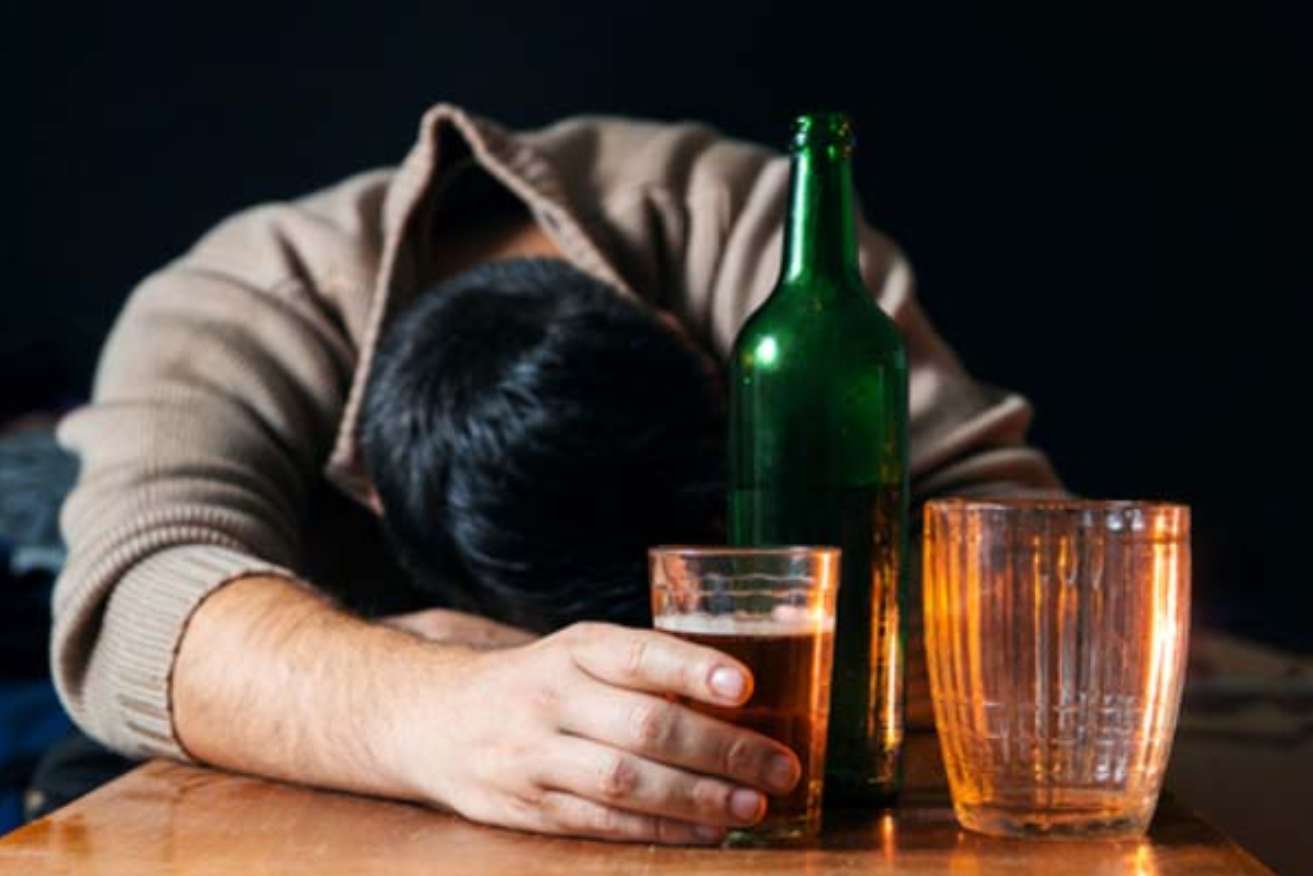
Image: www.upthirst.com
Cheers to the weekend! Wine is an incredibly popular alcoholic beverage that has been enjoyed for centuries. But how much wine does it take to get drunk?
Defining Drunkenness: A Journey into Intoxication
“Drunk,” also known as “intoxicated,” refers to the state in which an individual’s physical and mental functions are impaired by excessive alcohol consumption. Impairment manifests in various ways, including slurred speech, impaired coordination, and altered judgment.
Quantifying this state can be tricky as factors like body weight, tolerance, and metabolism influence how alcohol affects an individual. However, there’s a general understanding of the alcohol content in the body that leads to intoxication.
Understanding BAC: A Measure of Inebriation
Blood alcohol content (BAC) measures the amount of alcohol in a person’s bloodstream. It’s commonly expressed in terms of grams of alcohol per deciliter of blood. In most jurisdictions, a BAC of 0.08% or higher is considered legally drunk.
How Much Wine Equals Elevated BAC? A Mathematical Conundrum
The journey to intoxication requires determining the amount of wine needed to elevate one’s BAC above 0.08%. This calculation involves several elements.
-
Wine Alcohol Content: The standard alcohol content in wine ranges from 12% to 15%.
-
Body Weight: Heavier individuals can handle more alcohol before reaching a high BAC.
-
Number of Drinks: Consuming more drinks within a shorter timeframe leads to a more rapid increase in BAC.
A Generalised Journey to Drunkenness
While individual experiences will vary, the following estimates provide a rough guide:
-
For a 150-pound individual:
- 1-2 glasses of wine: Noticeable effects.
- 3-5 glasses: Mild-to-moderate intoxication.
- 6+ glasses: Significant drunkenness.
-
For a 200-pound individual:
- 2-3 glasses of wine: Noticeable effects.
- 4-6 glasses: Mild-to-moderate intoxication.
- 7+ glasses: Significant drunkenness.
A Note of Caution: Metabolism’s Fickle Embrace
Metabolism, the body’s process of breaking down alcohol, can vary between individuals. Slow metabolism means slower alcohol breakdown, leading to a more prolonged and intense experience.
Hydration and Wine’s Dehydration Diversion:
Don’t forget to quench your thirst between those glasses of wine! Alcohol acts as a diuretic, increasing the frequency of urination, which can lead to dehydration. So, it’s essential to consume ample non-alcoholic beverages, especially water.
Remember: Measured Indulgence for an Enjoyable Night Out
Knowing how much wine can lead to drunkenness empowers you to make informed choices, ensuring a fun and safe experience. Always consume alcohol responsibly, and never hesitate to designate a sober driver or utilize ride-sharing services when your night of revelry concludes.

Image: sonomawinegarden.com
How Much Wine To Get Drunk
https://youtube.com/watch?v=MXgI127OMNM